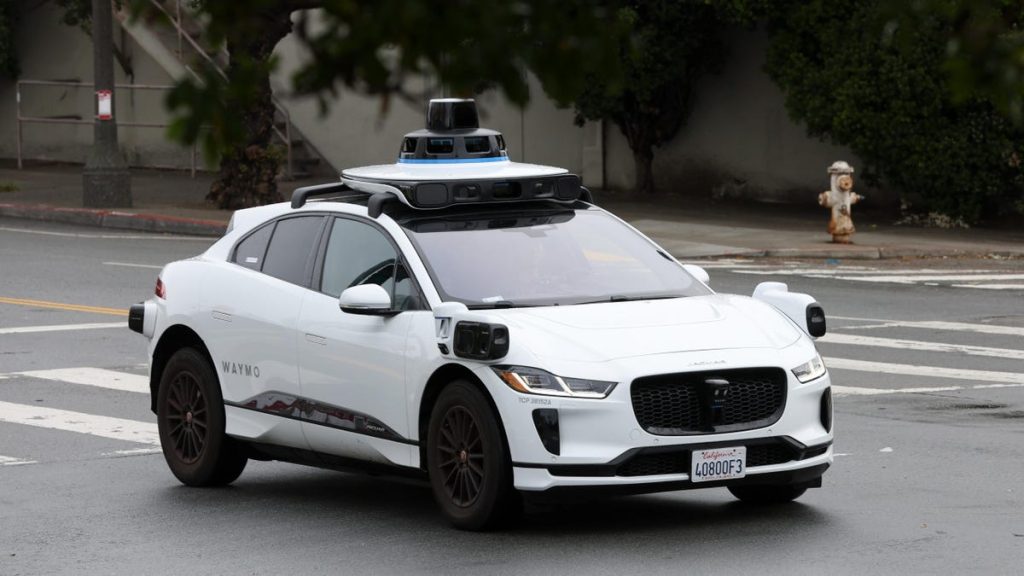California DMV Eases Some Restrictions on GM's Cruise While NHTSA Says It Will Investigate

A Waymo autonomous vehicle drives along Masonic Avenue on April 11, 2022 in San Francisco, California. San Francisco is serving as testing grounds for autonomous vehicles with Waymo, a Google subsidiary and Cruise, a subsidiary of General Motors, logging millions of test miles throughout San Francisco in 2021. Photo: Justin Sullivan (Getty Images)
It’s been a busy week at General Motors’ Cruise: The National Highway Traffic Safety Administration announced Friday it’s opening an investigation into the robotaxis over “inappropriately hard braking or [becoming] immobilized.” The announcement comes one day after the California Department of Motor Vehicles cleared Cruise to operate 24 hours a day with no restrictions on San Francisco streets.
NHTSA announced the investigation after multiple complaints about the Cruise taxis, including at least three incidents where hard braking caused human drivers following the taxis to rear-end Cruise vehicles, Reuters reports. The agency is also concerned with vehicles becoming immobilized in the middle of traffic, a problem that also plagues Cruise competitor Waymo. The investigation covers 242 Cruise vehicles and may result in a recall.
Currently, 30 Cruise taxis operate in the San Francisco area, according to the San Francisco Chronicle. The California DMV lifted restrictions Thursday after a year of heavy lobbying efforts from General Motors. It was only back in February 2022 that Cruise began offering driverless rides to beta users of its car-summoning app during limited operating hours. By this June, Cruise had been cleared to operate outside of the busy downtown area—approximately 30 percent of streets. Cruise was granted permission to take fares during the day only last month.
There is a catch, however: Just because the DMV signed off on Cruise operating without restrictions doesn’t mean the California Public Utilities Commission will. In July, a Cruise employee came forward and alleged to the CPUC that GM knew it was putting self-driving cars on San Francisco streets that weren’t road-ready, the Chronicle reports. Also, the DMV only cleared Cruises to travel at a maximum speed of 35 miles per hour. Until the CPUC makes a decision, Cruise vehicles will continue to be limited to operating in certain parts of the city.
Time will tell if the NHTSA investigation affects CPUC’s decision. There is no timeline for when the Commission will make a decision regarding Cruise. Waymo applied for its own permit to sell rides in its robotaxis in California earlier this week, despite experiencing many of the same problems as Cruise.


